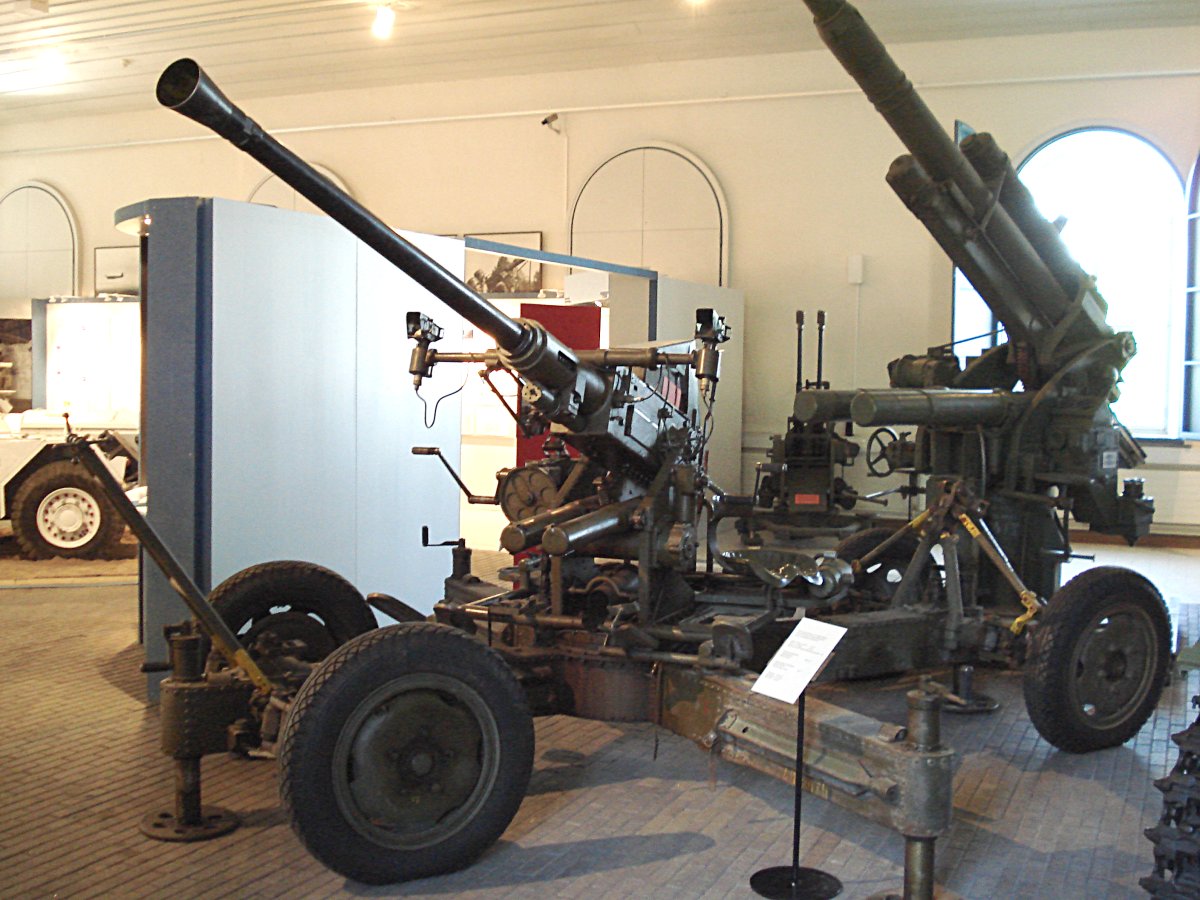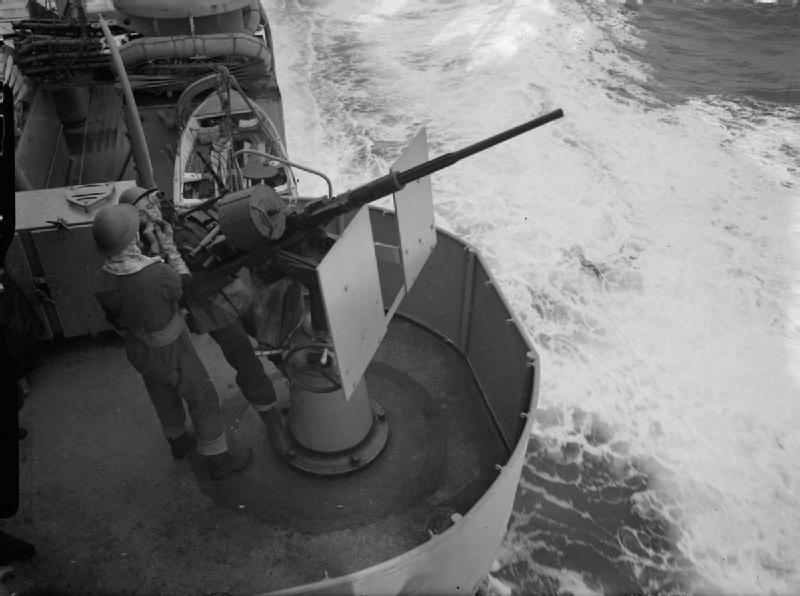|
BRP Salvador Abcede (PC-114)
BRP ''Salvador Abcede'' (PC-114) was a ''Tomas Batilo''-class fast attack craft of the Philippine Navy. It was part of the first batch transferred by the South Korean government on 15 June 1995, and arrived in the Philippines in August 1995. It was commissioned with the Philippine Navy on 22 May 1996. History It was upgraded under the Patrol Killer Medium-Republic of the Philippines (PKM-RP) Program of 2010 by Propmech Corp., the program includes the reinforcement of its hull, replacing the engines, radar, navigation and communication systems, and changing the weapons fit-out to include crane and space for rubber boats. The ship was part of the Philippine Navy contingent during the US-Philippines CARAT 2012 sea-phase exercises. In April 2016, in line with the Philippine Navy Standard Operating Procedures #08, the boat was reclassified as the patrol craft BRP ''Salvador Abcede'' (PC-114), and was assigned with the Littoral Combat Force, Philippine Fleet. The ship was retired from ... [...More Info...] [...Related Items...] OR: [Wikipedia] [Google] [Baidu] |
Philippine Navy
The Philippine Navy (PN) () is the naval warfare service branch of the Armed Forces of the Philippines. It has an estimated strength of 24,500 active service personnel, including the 10,300-strong Philippine Marine Corps. It operates 91 combat vessels, 16 auxiliary vessels, 25 manned aircraft and 8 unmanned aerial vehicles. Tracing its roots from the Philippine Revolutionary Army, Philippine Revolutionary Navy on May 20, 1898, while its modern foundations were created during the creation of the Offshore Patrol on February 9, 1939, the PN is currently responsible for naval warfare operations and maritime patrol missions within the Philippine Waters, as well as ensuring the protection of the Philippine's maritime interests, including the South China Sea and Benham Rise. It shares the responsibility of patrolling the maritime borders with the Philippine Coast Guard, a formerly attached unit which became a separate maritime law enforcement agency in 1998. The PN is also responsible ... [...More Info...] [...Related Items...] OR: [Wikipedia] [Google] [Baidu] |
Tomas Batilo-class Patrol Craft
The ''Tomas Batilo'' class was a ship class of eight patrol boats that were previously service of the Philippine Navy. These ships were formerly used by the South Korean Navy as Chamsuri/Wildcat (PKM-200 series) class fast attack crafts. All eight ships have been retired from active service, with two units lost in separate incidents while the rest are in different states of disposal. History Formerly Chamsuri - Wildcat class fast attack craft of the South Korean Navy built in the 1970s, with Korean designation as ''Patrol Killer Medium'' (PKM). South Korea transferred the former ROKN ships to the Philippine government, with the first batch of five units namely the former PKM-225, 226, 229, 231, and 235 which were handed-over on 15 June 1995, and arrived in Manila in August 1995. This batch became the following ships: ex-PKM 225; ex-PKM 226; ex-PKM 229; ex-PKM 231; and BRP ''Ramon Aguirre'' (PG-115) ex-PKM 235. Except for PG-115 which was used as spares after being written-of ... [...More Info...] [...Related Items...] OR: [Wikipedia] [Google] [Baidu] |
Chamsuri-class Patrol Boat
The Chamsuri class () (also known as the "Sea Dolphin" and "Wildcat" types) are patrol boats originally constructed for and operated by the Republic of Korea Navy. They first entered service in 1979, and they have since seen service with five other navies, of which the Philippine Navy is currently the largest import user. These boats were built by the Korea Tacoma, and Korea SB & Eng. Masan shipyards. In Korea, the Chamsuri-class boats are being retired and replaced by s. Design and description The Chamsuri class were designed in the 1970s as the basis for South Korea's coastal defense against North Korean amphibious incursions. The Chamsuri class comes in two designs with differing armament. The ''PKM 201'' subclass ("PKM" stands for "patrol killer medium") mounted lighter armament than the ''PKM 301'' subclass. The subclasses were also known as the "Sea Dolphin" and "Wildcat" types respectively. The ships measure long overall and at the waterline with a beam of and a draft ... [...More Info...] [...Related Items...] OR: [Wikipedia] [Google] [Baidu] |
Bofors 40 Mm Automatic Gun L/60
The Bofors 40 mm Automatic Gun L/60 (often referred to simply as the "Bofors 40 mm gun", the "Bofors gun" and the like, see #Name, name) is an Anti-aircraft warfare, anti-aircraft autocannon, designed in the 1930s by the Swedish arms manufacturer AB Bofors. The gun was designed as an intermediate anti-aircraft gun, filling the gap between fast firing close-range small calibre anti-aircraft guns and slower firing long-range high calibre anti-aircraft guns. For its time, the Bofors 40 mm L/60 was perfectly suited for this role and outperformed competing designs in the years leading up to World War II in both effectiveness and reliability. It entered the export market around 1932 and was in service with 18 countries by 1939. Throughout World War II it became one of the most popular and widespread medium-weight anti-aircraft guns. It was used by the majority of the western Allies of World War II, Allies and some Axis powers such as Nazi Germany and Hungary. In the po ... [...More Info...] [...Related Items...] OR: [Wikipedia] [Google] [Baidu] |
Oerlikon 20 Mm Cannon
The Oerlikon 20 mm cannon is a series of autocannons based on an original German Becker Type M2 20 mm cannon design that appeared very early in World War I. It was widely produced by Oerlikon Contraves and others, with various models employed by both Allied and Axis forces during World War II. Many versions of the cannon are still used. Blowback-operated models History Origins During World War I, the German industrialist Reinhold Becker developed a 20 mm caliber cannon, known now as the 20 mm Becker using the advanced primer ignition blowback (API blowback) method of operation. This used a 20×70mmRB cartridge and had a cyclic rate of fire of 300 rpm. It was used on a limited scale as an aircraft gun on ''Luftstreitkräfte'' warplanes, and an anti-aircraft gun towards the end of that war. Because the Treaty of Versailles banned further production of such weapons in Germany, the patents and design works were transferred in 1919 to the Swiss firm SEMAG (''Seebach M ... [...More Info...] [...Related Items...] OR: [Wikipedia] [Google] [Baidu] |
M2 Browning
The M2 machine gun or Browning .50-caliber machine gun (informally, "Ma Deuce") is a heavy machine gun that was designed near the end of World War I by John Browning. While similar to Browning's M1919 Browning machine gun, which was chambered for the .30-06 Springfield, .30-06 cartridge, the M2 uses Browning's larger and more powerful .50 BMG (12.7 mm) cartridge. The design has had many designations; the official U.S. military designation for the infantry type is Browning Machine Gun, Cal. .50, M2, HB, Flexible. It has been used against infantry, light armored vehicles, watercraft, light fortifications, and low-flying aircraft. The gun has been used extensively as a vehicle weapon and for aircraft armament by the United States since the 1930s. It was heavily used during World War II, the Korean War, the Vietnam War, the Falklands War, the Soviet–Afghan War, the Gulf War, the Iraq War, and the War in Afghanistan (2001–present), War in Afghanistan. It is the primary heavy mac ... [...More Info...] [...Related Items...] OR: [Wikipedia] [Google] [Baidu] |
Bureau Of Fisheries And Aquatic Resources
The Bureau of Fisheries and Aquatic Resources (BFAR; ) is an agency of the Philippine government under the Department of Agriculture responsible for the development, improvement, law enforcement, management and conservation of the Philippines' fisheries and aquatic resources. History The Bureau of Fisheries and Aquatic Resources (BFAR) started as a small agency in 1901 under the name Bureau of Government Laboratories, Department of Interior of the Philippine Commission. When the Civil Government was established on July 4, 1901, the Philippine Commission proposed the creation of an office under the Department of Interior to take charge of the conservation, promotion and development of the country's fishery resources. This was not carried out, due to limited funds. The Secretary of the Interior, Dean Conant Worcester, continued to stir interest in the development of fisheries and, finally, in 1907, studies in fisheries began following the arrangement made by the Secretary of Interi ... [...More Info...] [...Related Items...] OR: [Wikipedia] [Google] [Baidu] |
MTU Friedrichshafen
MTU Friedrichshafen GmbH, trading as MTU Solutions (stylised as mtu Solutions) is a German manufacturer of commercial internal combustion engines founded by Wilhelm Maybach and his son Karl Maybach in 1909. Wilhelm Maybach was the technical director of Daimler-Motoren-Gesellschaft (DMG), a predecessor company of the German multinational automotive corporation Daimler AG, until he left in 1907. On 23 March 1909, he founded the new company, Luftfahrzeug-Motorenbau GmbH (Aircraft Engine Manufacturing Corp), with his son Karl Maybach as director. A few years later the company was renamed to Maybach-Motorenbau GmbH (Maybach Engine Manufacturing Corp), which originally developed and manufactured diesel and petrol engines for Zeppelins, and then railcars. The Maybach Mb.IVa was used in aircraft and airships of World War I. The company first built an experimental car in 1919, with the first production model introduced two years later at the Berlin Motor Show. Between 1921 and 1940, t ... [...More Info...] [...Related Items...] OR: [Wikipedia] [Google] [Baidu] |
Diesel Engine
The diesel engine, named after the German engineer Rudolf Diesel, is an internal combustion engine in which Combustion, ignition of diesel fuel is caused by the elevated temperature of the air in the cylinder due to Mechanics, mechanical Compression (physics), compression; thus, the diesel engine is called a compression-ignition engine (CI engine). This contrasts with engines using spark plug-ignition of the air-fuel mixture, such as a petrol engine (gasoline engine) or a gas engine (using a gaseous fuel like natural gas or liquefied petroleum gas). Introduction Diesel engines work by compressing only air, or air combined with residual combustion gases from the exhaust (known as exhaust gas recirculation, "EGR"). Air is inducted into the chamber during the intake stroke, and compressed during the compression stroke. This increases air temperature inside the Cylinder (engine), cylinder so that atomised diesel fuel injected into the combustion chamber ignites. The torque a dies ... [...More Info...] [...Related Items...] OR: [Wikipedia] [Google] [Baidu] |
Patrol Vessels Of The Philippine Navy
A patrol is commonly a group of personnel, such as Law enforcement officer, law enforcement officers, military personnel, or Security guard, security personnel, that are assigned to monitor or secure a specific geographic area. Etymology The word "patrol" is derived from the French language, French word ''patrouiller'', itself derived from the Old French word ''patouiller'' meaning "to paddle, paw about, patrol", which is in turn from ''patte'', "a paw". Military In military tactics, a ''patrol'' is a sub-subunit or small tactical formation, sent out from a military organization by land, sea or air for the purpose of combat, reconnaissance, or a combination of both. The basic task of a patrol is to follow a known route with the purpose of investigating some feature of interest or, in the assignment of a ''fighting patrol'' (U.S. ''combat patrol''), to find and engage the enemy. A patrol can also mean a small cavalry or armoured warfare, armoured Military organization, unit ... [...More Info...] [...Related Items...] OR: [Wikipedia] [Google] [Baidu] |





